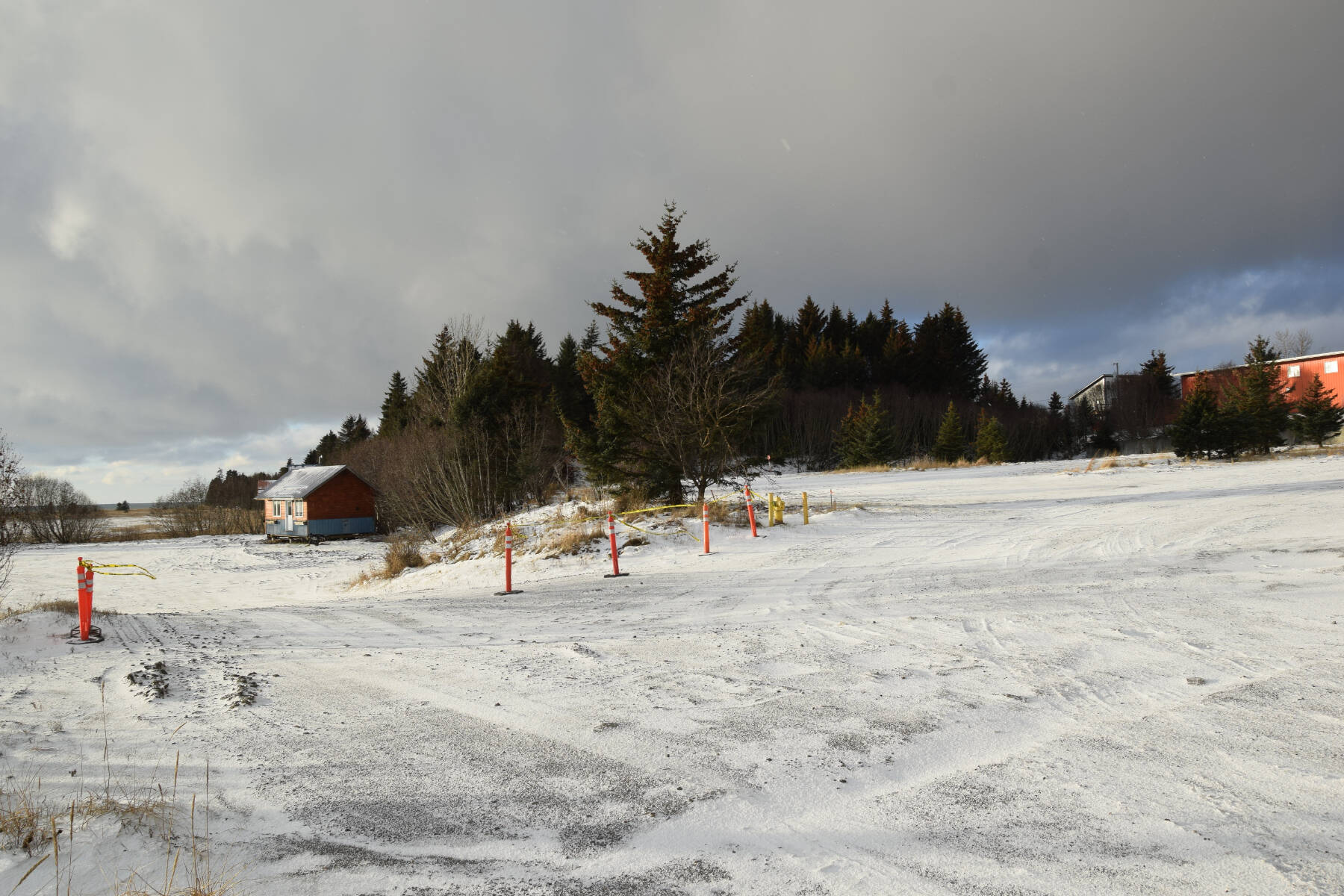Doyon needs a new plan for Lighthouse Village. With all due respect, they could take this gem of a location and turn it into a profitable first-class birding mecca. The lagoon, the birds and the natural beauty are already in place.
The public Lighthouse Viewing Platform was there when I moved here in 2002. It was an excellent place to see birds almost any day of the year, with swans and geese in early spring, shorebirds during migration and summer, winter snow buntings and rosy finches… A crane pair nests near the old platform nearly every year.
The platform was a Shorebird Monitoring site for 15 years, and it was one of two main Viewing Stations for the Shorebird Festival. Other Festival activities were held there, including family and children’s events. During the Festival, participants often visited the platform to view birds so it was a busy place every day. It was a popular site for photographers also, and for many folks just wanting a place to enjoy the beauty and comfort of nature. Destroying this platform was a huge loss.
During the Shorebird Festival each year, large numbers of birders come to Homer for the five-day event. The community benefits from providing housing, meals, gas, gifts. Beginning in 1992, number of participants grew each year until COVID, but last year’s attendance exceeded pre-COVID numbers.
Less well known is that large numbers of birders come to Homer year-round, providing benefits to our community even in the slack winter months. The Homer area is a major, world-class birding hotspot! Homer has the Spit, seabirds on the Bay, and forest habitat also, and nearby is another prime spot: the mouth of the Anchor River. In A Birder’s Guide to Alaska by George West, he mentions that overall, we have some of the the best birding in Alaska that you can drive to. This book has been in print for over 20 years and is still read by most birders considering coming here. Birders bring money to the community when they come, many birders are high-end tourists. (Anyone who travels from Tennessee to bird in Alaska is probably high end.) They stay in nice places, use water taxis to see the birds out on the Bay, go to good restaurants and bars, buy gifts and art work — all income for our community.
What could Doyon do to tap into this market? I respectfully suggest Doyon consider the following ideas: focus more on an ecotourism business plan. That model means a slightly smaller, more suitable, hotel. Your facility would have a natural setting with some open space, walkways and paths, a viewing platform for guests and the public to use. The conference rooms could be used for classes involved with birds and photography, other nature studies and groups, and children on field trips from around the state. The restaurant on the top of the hotel could have spotting scopes: a fantastic view and all the birds to be seen! A gift shop with Native art, wildlife books, Homer historical material, etc. is a good option. This type of development would fit with Homer’s Comprehensive Plan and would better protect the wetlands there.
Our community would work with Doyon to develop a good plan. The public viewing platform should be restored in an acceptable location and have guaranteed public access for its use. The City should not give up the Right of Way easement down from B Street. Together, the Light House Village and Spit is a world-class birding area, and the City needs to hold on to that very valuable “Right of Way” and figure out the best way to develop it into a park and access route that would be in keeping with it being a priceless bird-viewing area and special place for us all to enjoy.
Doyon would benefit from shifting their focus to a more ecotourism-type business model here in Homer. A smaller facility would be safer since it is going to be built on fill: less danger from an earthquake, and less impact on the wetlands, and it would mean less traffic congestion. There would be an increase in overall business if the community was included, increasing the likelihood to be open all year. With the potential of being more profitable, a smaller, more natural facility would fit better in that location, which is the gateway to the spit and it would be amenable overall to Homer and its community standard of excellence.
Lani Raymond is a birder and retired teacher who has lived in Alaska for 56 years.


